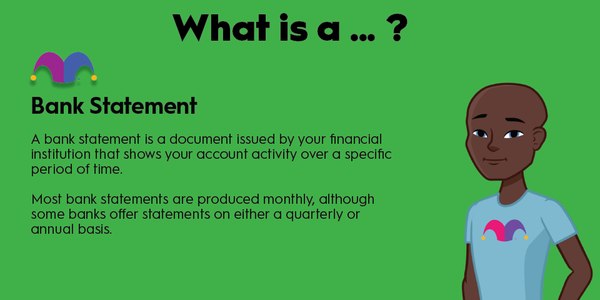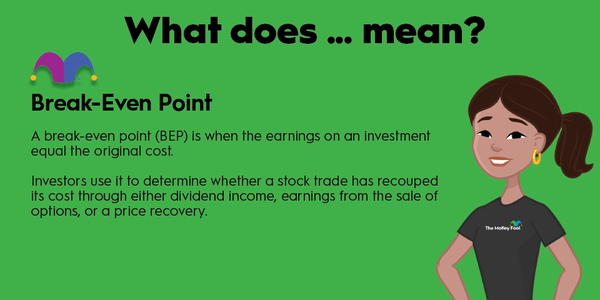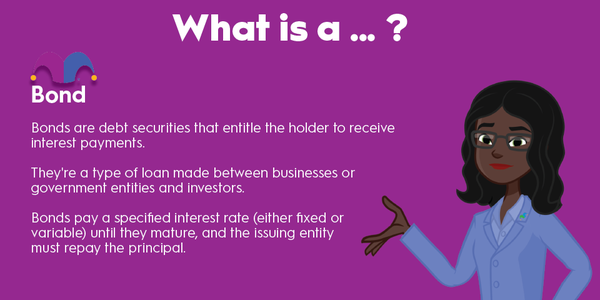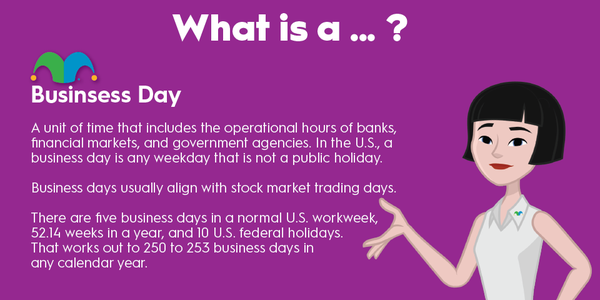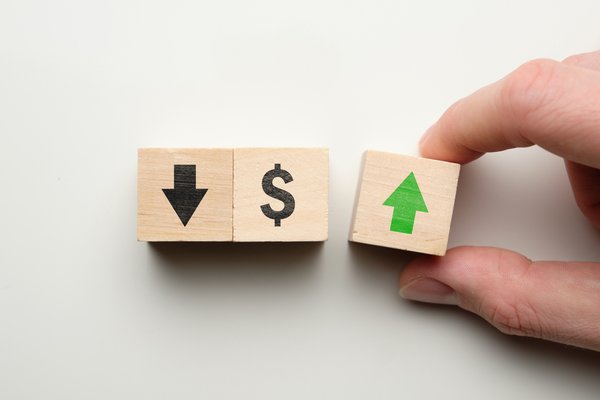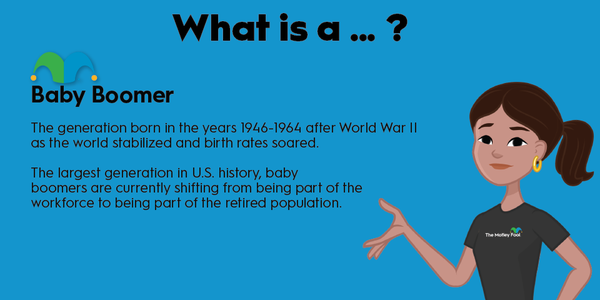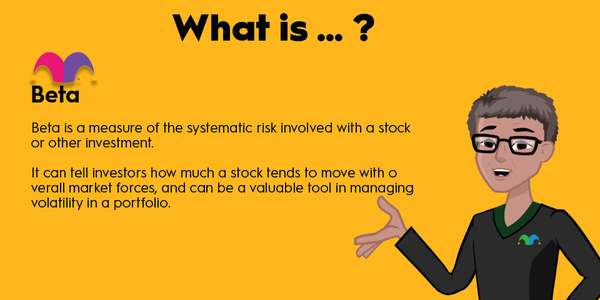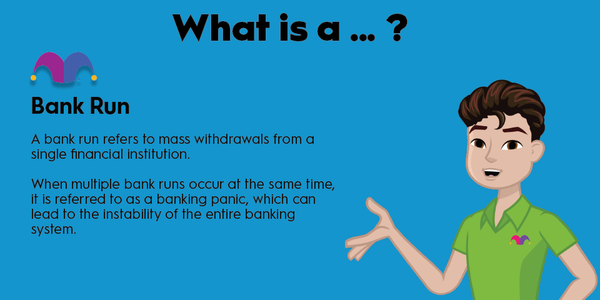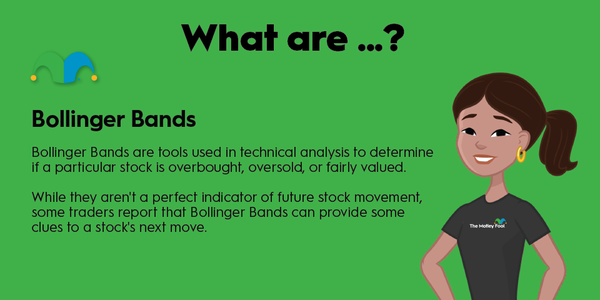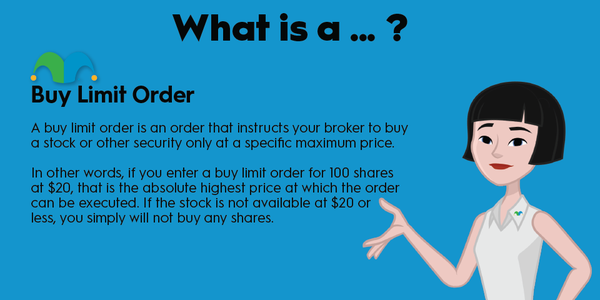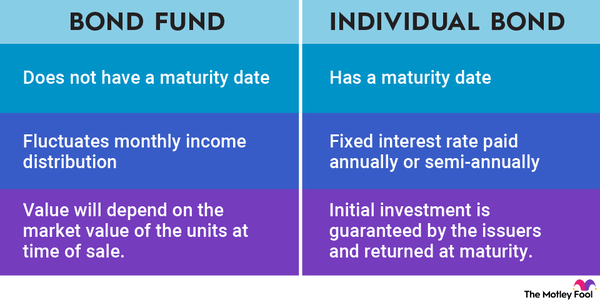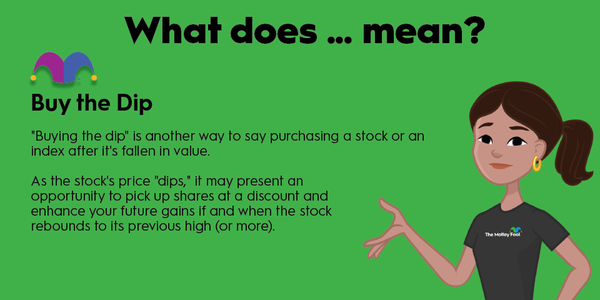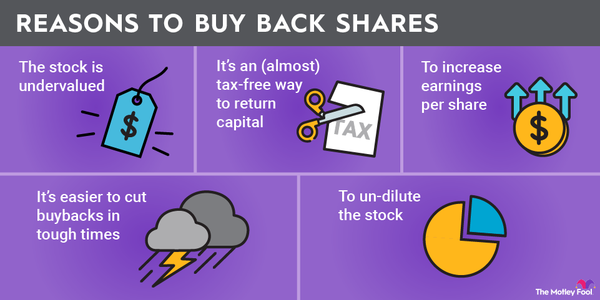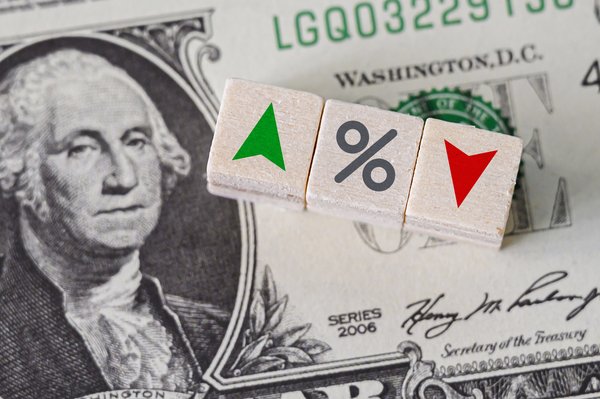If you're looking for an investment pre-designed as a solidly diversified portfolio, a balanced fund might be right for you. A balanced fund is a type of hybrid fund that contains a lot of different investments in a single asset.

What is a balanced fund?
What is a balanced fund?
A balanced fund is a mutual fund that generally contains both stocks and bonds. It also sometimes contains additional cash reserves, but this should be a very small percentage of the fund, if present at all.
Although the mix can vary, a pretty standard balanced fund contains between 60% and 70% in stocks and 30% to 40% in bonds. Other types of investments are sometimes involved, but the stock/bond combo is the most common.
Who invests in a balanced fund?
Who invests in a balanced fund?
Balanced funds are meant to be very hands-off tools invested in very safe assets. So, often, the return isn't as exciting as you might find with something like a basket of growth stocks. However, the moderate returns and low volatility make them ideal for investors seeking practically guaranteed returns and little hassle.
Balanced funds are ideal for retirees looking for consistent cash flow or first-time investors just getting started in investing who can't afford to suffer a loss yet. Because balanced funds are highly diversified, they are considered remarkably secure investments for risk-averse investors.
Advantages
Advantages of a balanced fund
Although balanced funds will never make you an overnight millionaire, they do have a few advantages that can't be ignored, including:
- Low expense ratios. Because balanced funds tend to invest in stable assets, they're rarely rebalanced, meaning there's not much work to compensate. This makes them much cheaper than many types of funds and other assets requiring especially active management.
- Low risk. As mentioned above, balanced funds comprise a mix of stocks and bonds chosen from rock-solid investments. This makes them very low-risk, steady producers over time.
- Low input. If you're a new investor or someone who would just rather do anything else, a balanced fund allows you to own a lot of little pieces of safe investments you don't have to think about. The fund manager will occasionally rebalance it, but you won't have any involvement in that process.
Disadvantages
Disadvantages of a balanced fund
While a balanced fund can be a really good investment for someone not looking for anything too exciting, that's the very thing that makes it a terrible investment for people more interested in taking risks or self-managing.
Here are a few drawbacks:
- Boring portfolio. There are no two ways to put it: A balanced fund is a boring investment. It's made up of boring stocks and boring bonds -- nothing that might ever get your blood pumping, even if you were base-jumping from the Golden Gate Bridge while checking your portfolio.
- Moderate returns. Growth stock and tech investors are often looking for the next explosive stock pick, and friends, this ain't it. As noted, balanced funds typically comprise safe, well-established companies that aren't doing anything but growing at a managed rate. You'll see decent returns but nothing worth bragging about.
- Low input. This is also listed as an advantage, but the truth is that it's both, depending on who you are as an investor. Since you have no control over the mix once you've bought into the fund (you do get to choose the initial fund, after all, so you have some say), you also have no control over how funds are reallocated. You also can't use any kind of tax-shielding bucketing since all your stocks and bonds are lumped together into one account.


